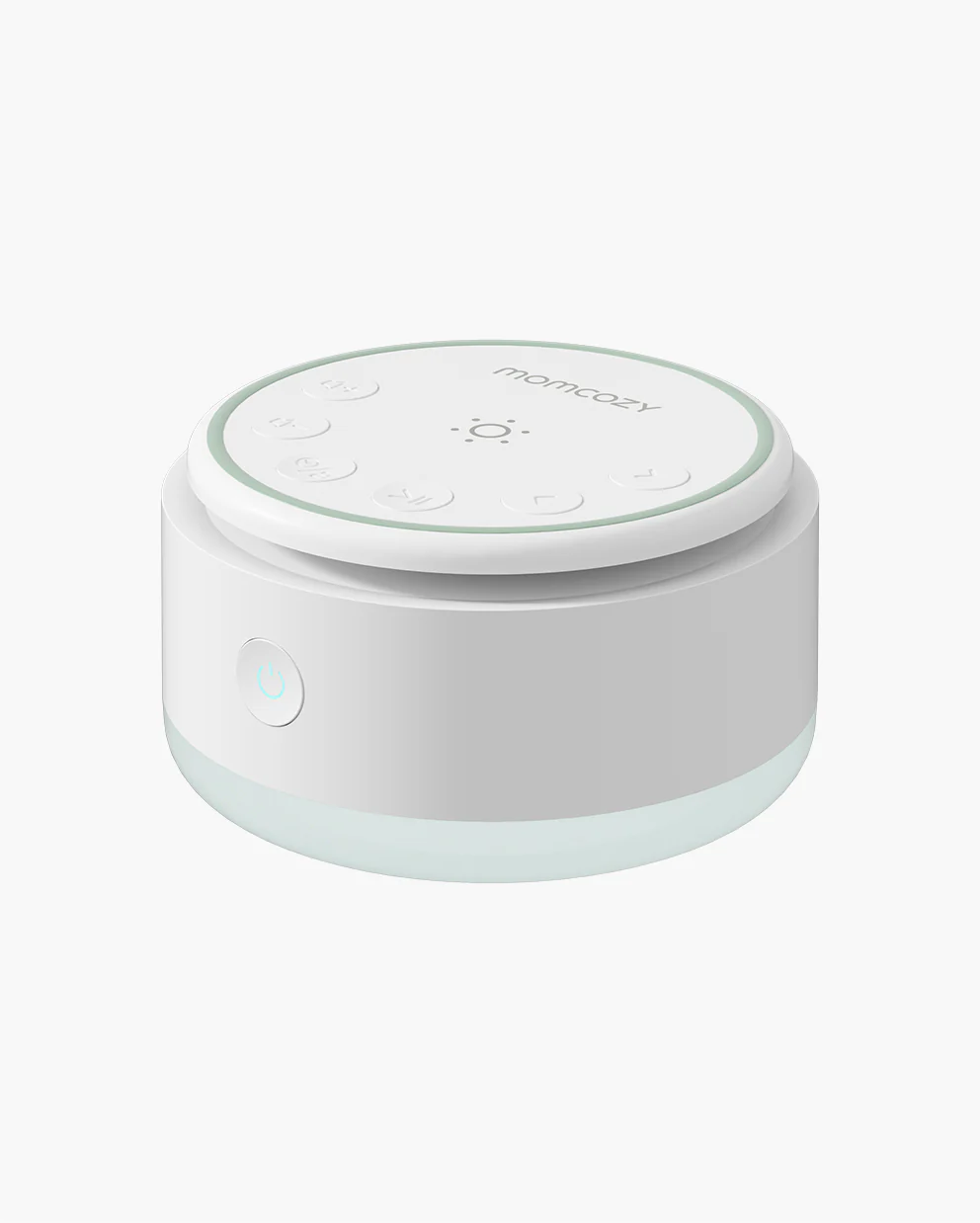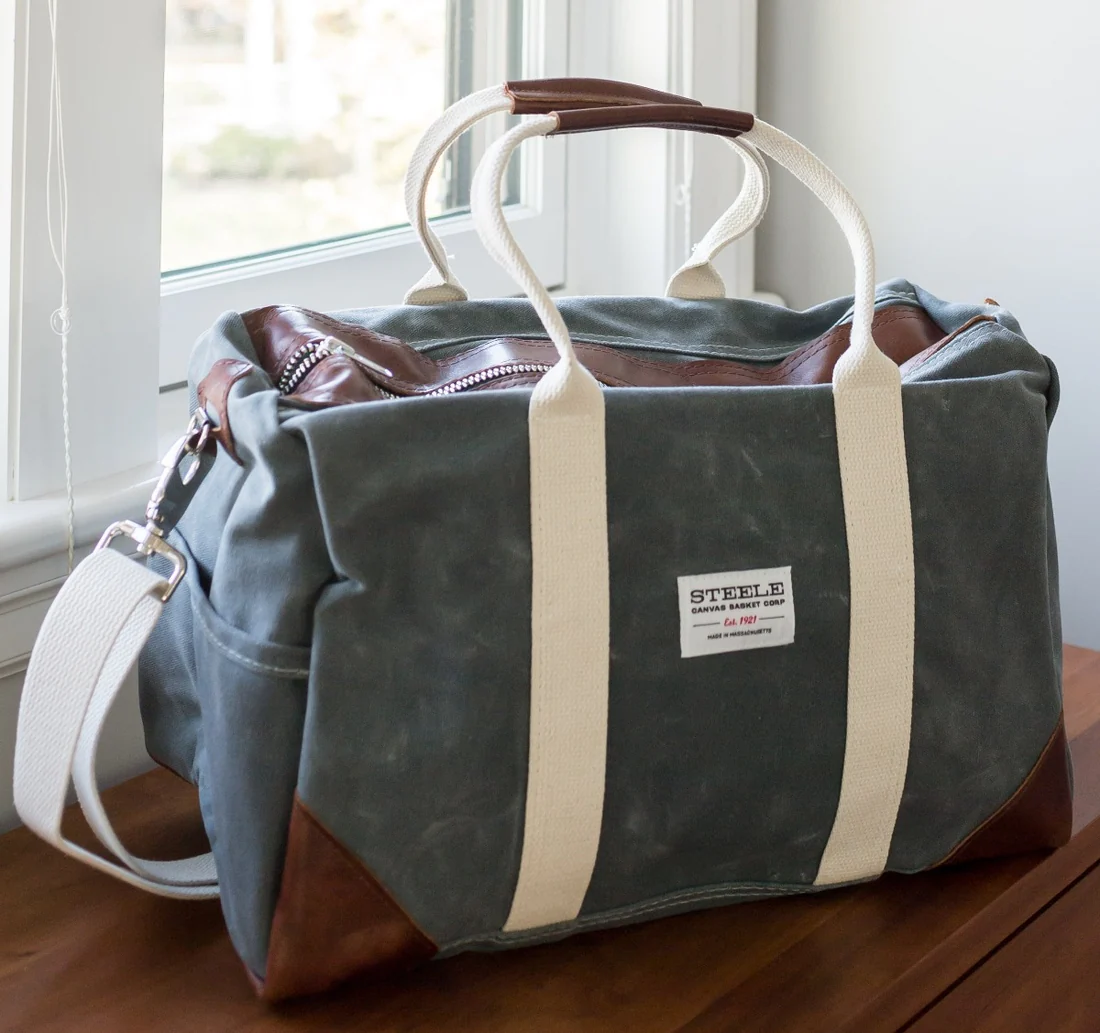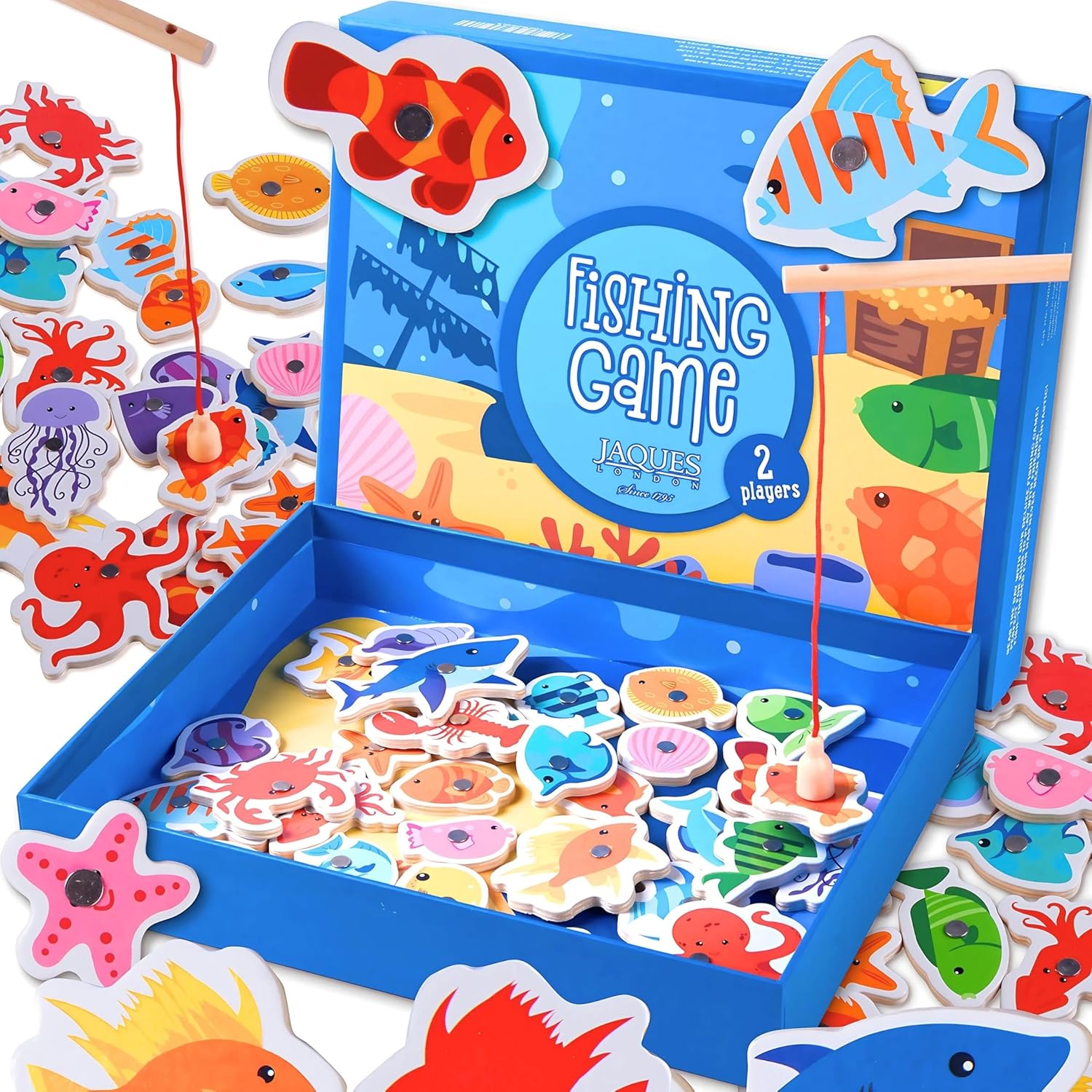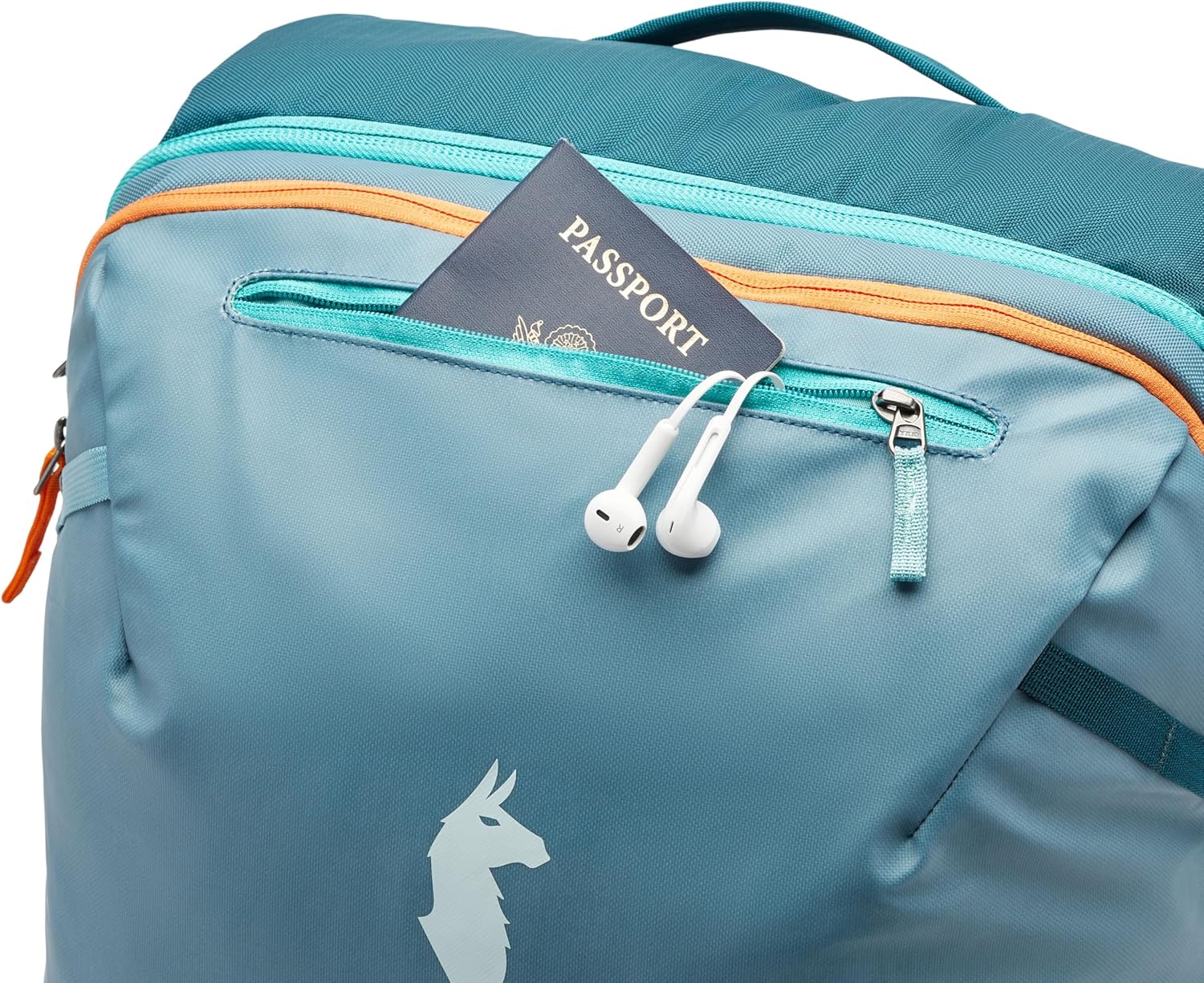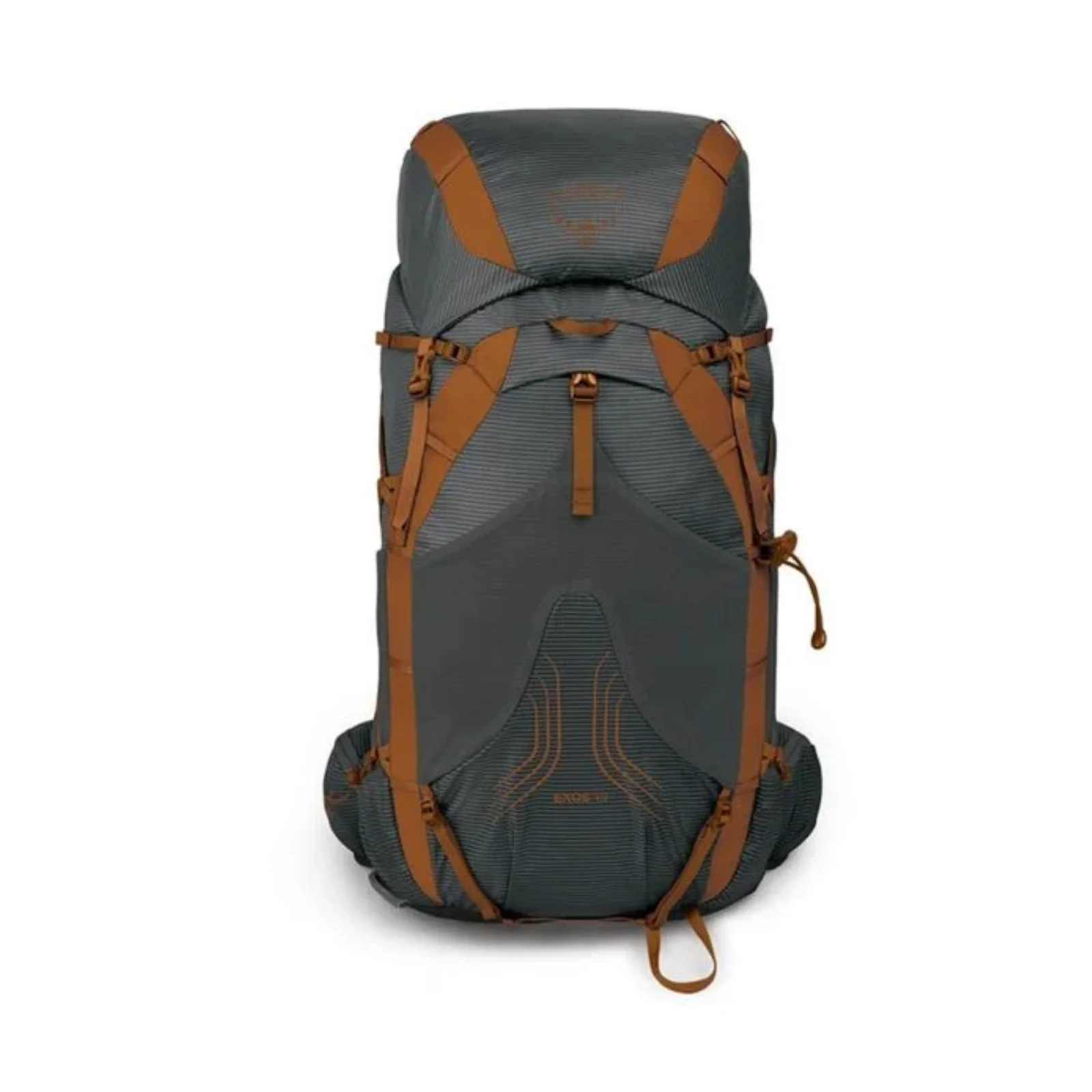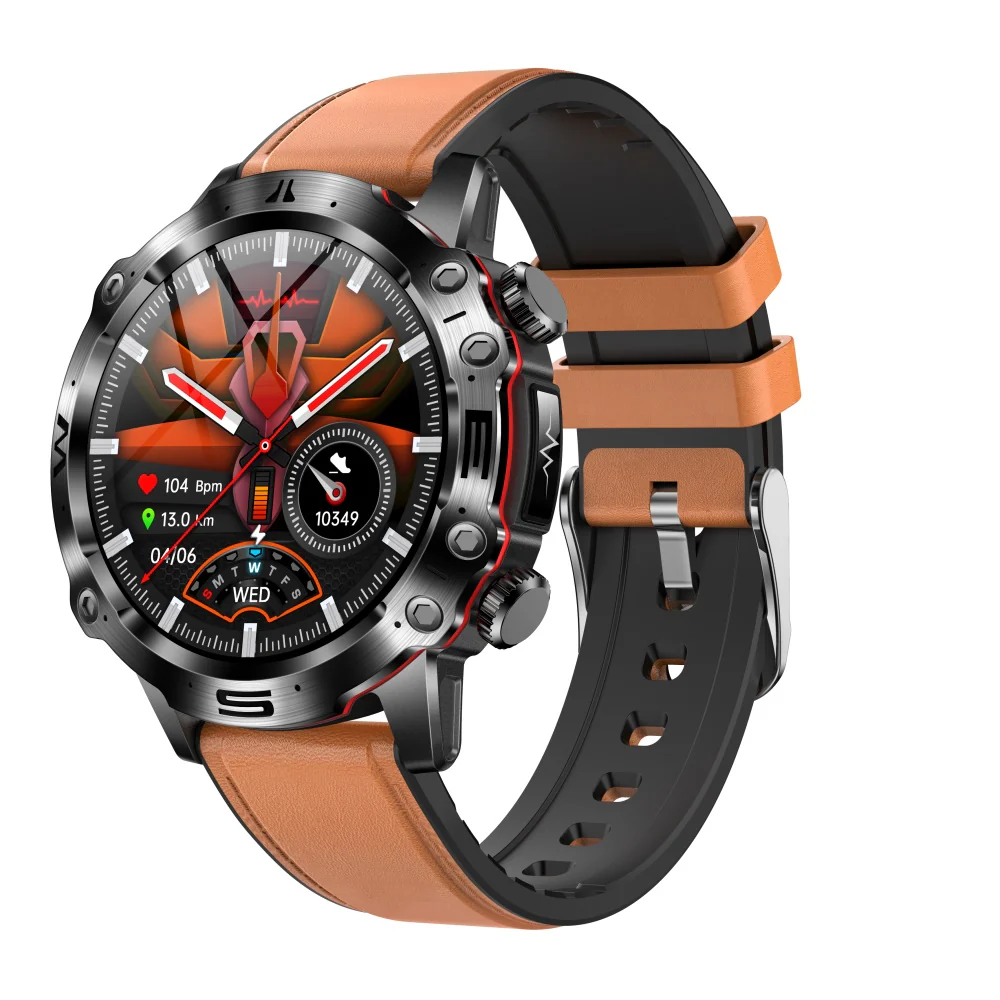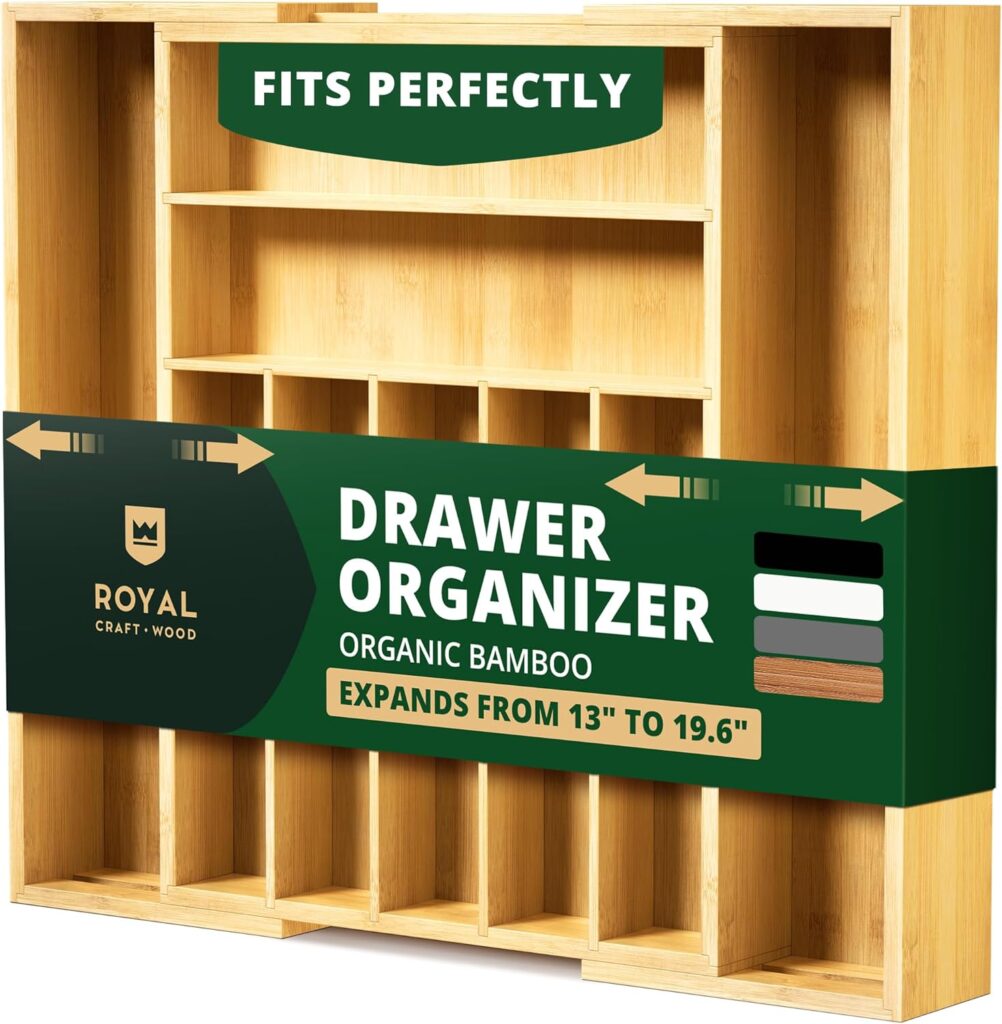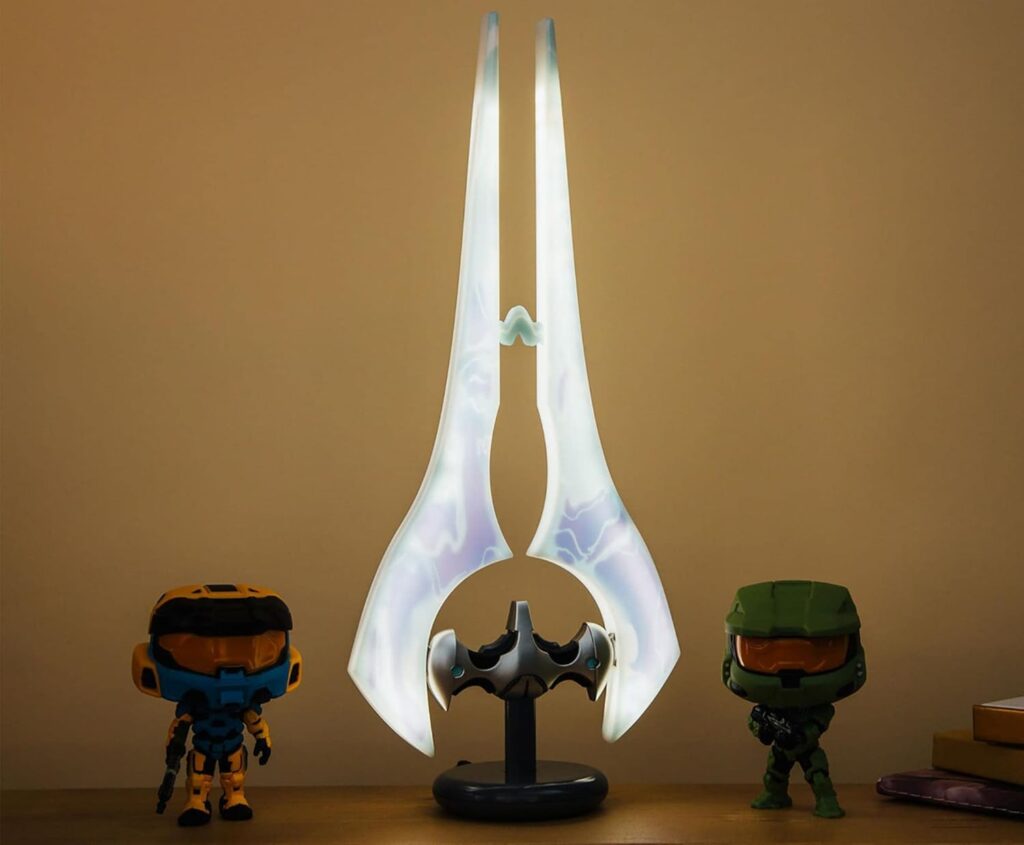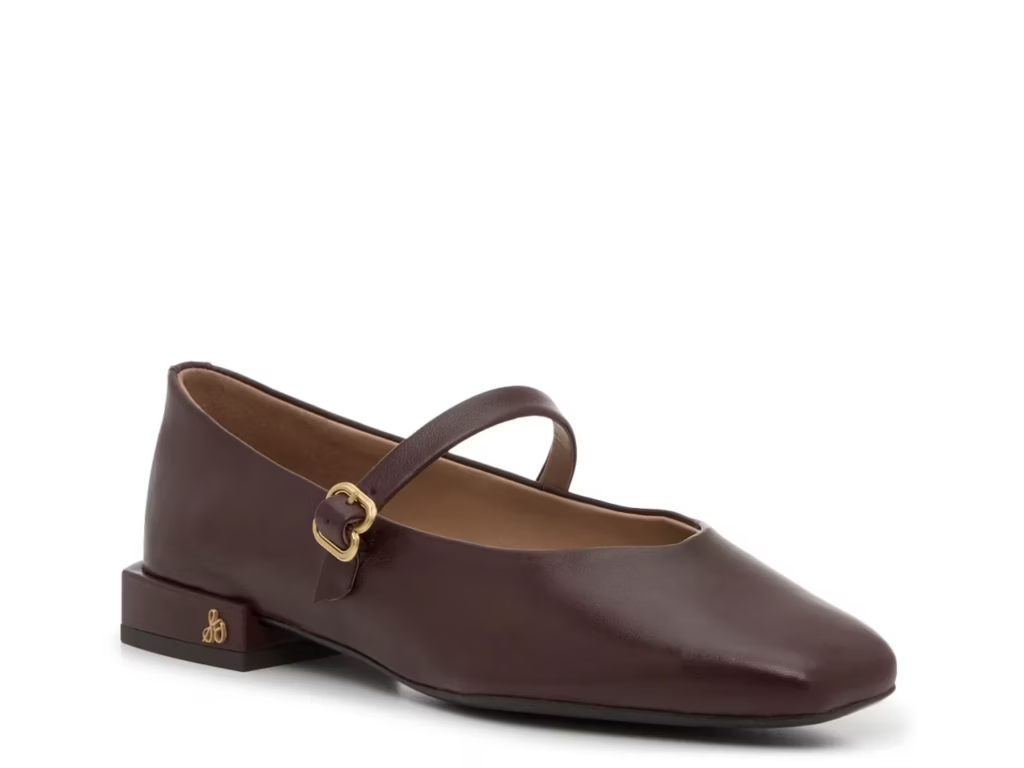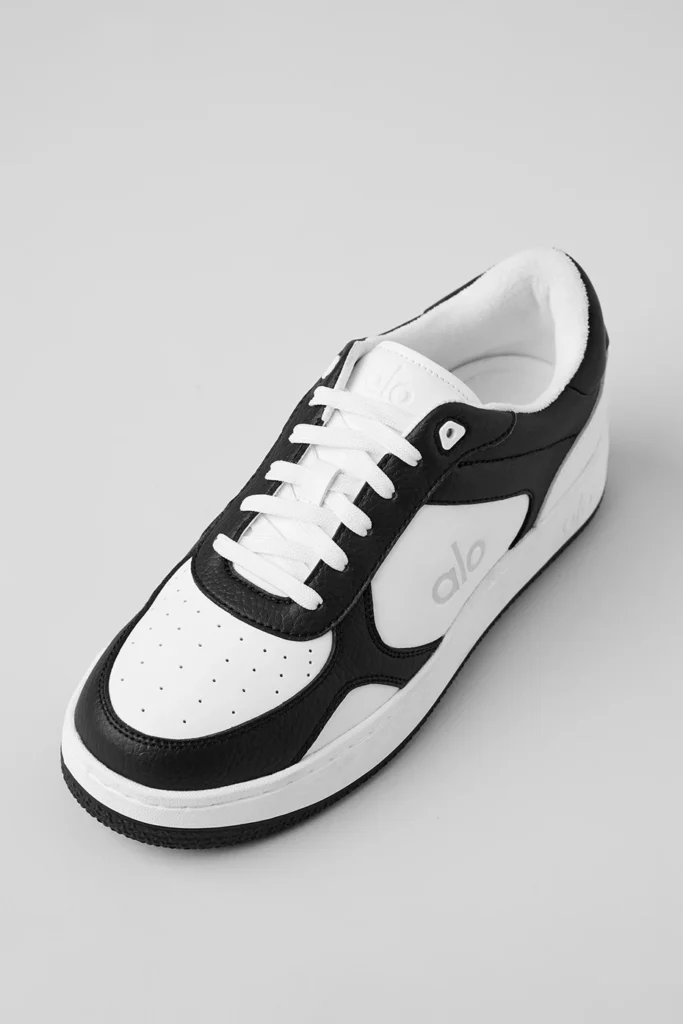Sleep with a baby isn’t about perfection—it’s about reliable patterns that work in the real world. Between growth spurts, regressions, and on-the-go naps, the constant you can control is the environment. That’s where a portable sound machine becomes your tiny unsung hero. In this article, you’ll learn how to design a calm sleep setup at home and outside, how to use white noise safely, how to sequence your nap/bedtime routine, and how to keep rest on track during travel, errands, and daycare transitions—all anchored by the Momcozy Portable Baby Sound Machine and its long-life battery that survives the actual length of your day.
Bold move, quick win: choose a repeatable sound, set a safe volume, place it correctly, then keep everything else simple: dark(ish) space, consistent pre-nap cues, and a predictable wake window.
Shop Momcozy Portable Baby Sound Machine
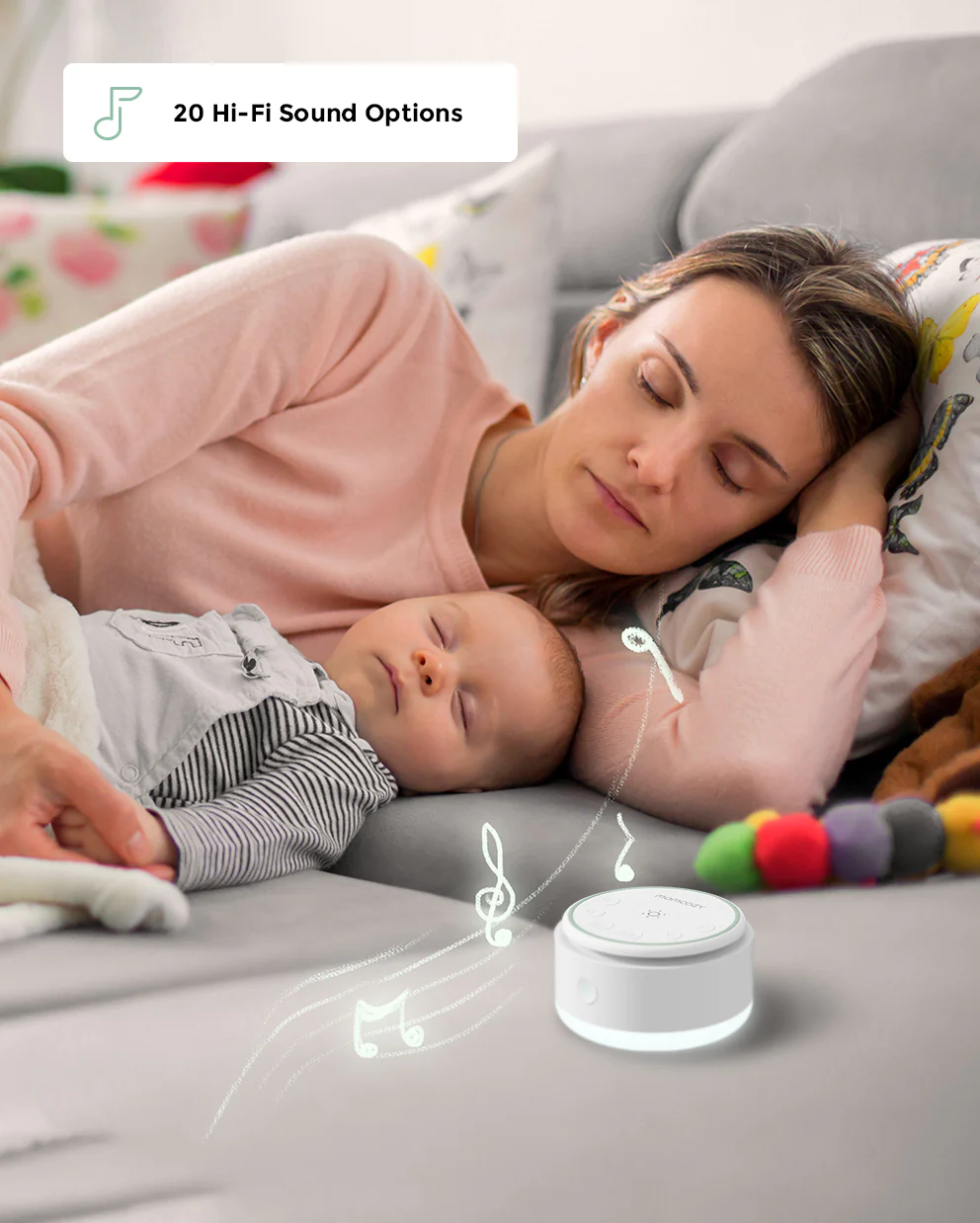
Why White Noise Works (and When to Use It)
Babies are used to “whoosh.” The womb is a symphony of steady, broadband sound—blood flow, heartbeat, digestive activity—so a continuous, non-startling sound after birth often feels familiar and safe. White noise doesn’t “make” sleep happen; it helps protect it by masking unpredictable spikes (a door slam, a dog bark, a kettle whistle). A consistent sonic backdrop reduces micro-arousals and gives your calming routine a clear anchor.
The Momcozy Portable Baby Sound Machine makes this practical: it’s small, clips to a cot, bassinet, or pram, and—critically—keeps going for long stretches so you aren’t hunting for outlets or rationing naps.
Safe Sound Levels: The “Soft Shower” Rule
Volume matters. Aim for calm and consistent, not loud and forceful. A useful home test: at your baby’s sleep spot, the sound should feel like a soft shower heard from the hallway—not like a hairdryer next to your ear. Practically, that usually translates to a mid-range setting with the device placed 1–2 meters (3–6 feet) away and never inside the cot. If your noise is competing with your lullaby voice, it’s too loud. The Momcozy Portable Baby Sound Machine gives you granular volume control so you can fine-tune by time of day (quieter for night, a touch more during daytime construction or sibling play).
Placement That Protects Sleep (and Ears)
Think triangle: baby, machine, sound-reflective surface (wall/wardrobe). Place the Momcozy Portable Baby Sound Machine a safe distance away, angled so the sound “washes” the room rather than blasting the cot. In a pram, clip it lower on the frame, pointing outward, so it masks street noise without blowing directly toward baby’s ears. Outdoors, where sound dissipates, you can bring it a little closer—but keep it off the canopy and out of reach.
The Repeatable Routine: 5-Step Nap & Bedtime Flow
Babies love predictability more than perfection. Use this five-step structure and flex the timing as your little one grows:
- Wind-Down Cue (2–5 minutes): Dim lights, soft voice, one predictable phrase (“Time for rest”).
- Brief Care Step: Fresh nappy, sleep bag on; keep the room warm but not hot.
- Calm Contact: Short cuddle or feed (if it aligns with your routine).
- Sound On: Start the Momcozy Portable Baby Sound Machine before you lay baby down so the transition happens into sound, not silence.
- Lay Down Drowsy: Place baby down drowsy but awake when possible; if not, it’s fine—consistency beats strict rules.
At night, add one tiny ritual (a short song or book for older babies). Keep the routine under 10 minutes for naps and 15–20 for bedtime to avoid overstimulation.
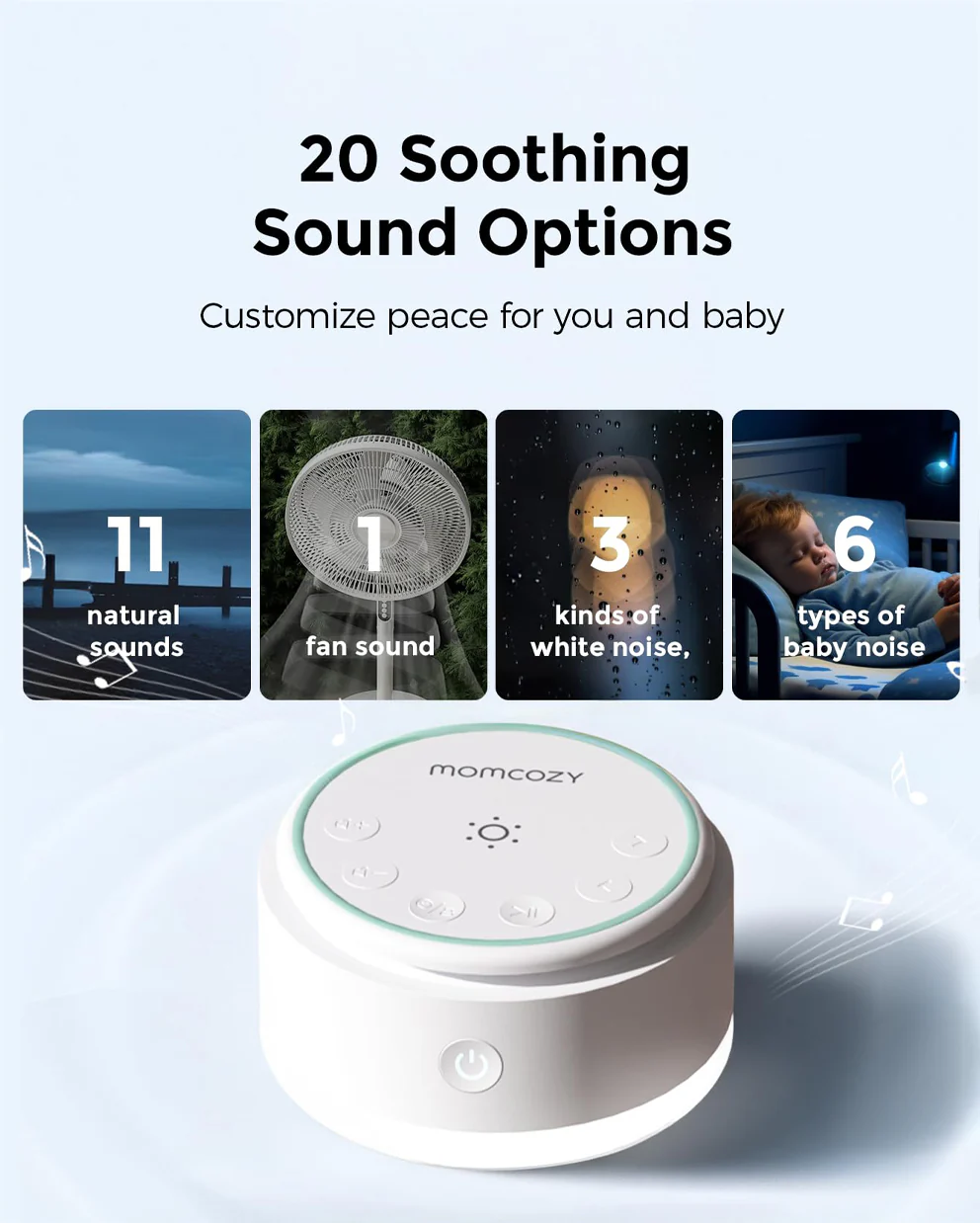
Newborn to Toddler: How to Adjust by Stage
0–3 months: The goal is calming, not scheduling. Use the sound machine freely for contact naps, pram naps, and bassinet naps. You’re teaching “this sound means safety.” Long battery life means you can keep it on during cluster-feed evenings without scrambling for a plug.
4–7 months: Wake windows lengthen; naps consolidate. Keep white noise steady throughout the nap to smooth through 30–45 minute sleep cycle transitions. For bedtime, start the sound at the first yawn and dim the room; if you’re doing gentle sleep shaping, use the sound as your “constant” while you tweak other variables.
8–18 months: Mobility + curiosity = more disruptions. Keep sound for naps and the first half of the night; if you’re concerned about early wakes, leave the Momcozy Portable Baby Sound Machine on a timer that covers the early-morning noise window (birds, heating systems, bins). For travel cots, clip it to the outside rail so light fingers can’t turn it into a toy.
18–36 months: Toddlers will test boundaries. Maintain the sound machine as part of the bedtime sequence (especially after exciting days). For nap resistance, start white noise five minutes before you enter the room—let the signal “arrive” first, then you follow with the routine.
Shop Momcozy Portable Baby Sound Machine
Travel & Errands: Keep Sleep Portable (Really)
A portable machine shines beyond the nursery:
- Pram naps on the go: Clip the Momcozy Portable Baby Sound Machine to the lower frame and angle it outward; pull down the sunshade partially to reduce visual busyness.
- Car seat transfers: Start the sound before you unclip the harness. Familiar sound = fewer startles.
- Grandparents & daycare: Send the device with your baby; consistency across spaces reduces settling time.
- Hotels & rentals: Use it to mask hallway noise and unfamiliar HVAC sounds. A long-life battery means you won’t fight for outlets behind furniture.
One Hybrid Block (Checklist + Guidance): Your 60-Second Setup
Use this quick list when you arrive somewhere new:
- Space: Pick the darkest corner; avoid direct vents.
- Distance: Place the Momcozy Portable Baby Sound Machine at least an arm’s length from baby, pointed away.
- Volume: Start low; only raise if a sudden environment requires it.
- Cue: Say the same sleep phrase you use at home.
- Timer: For naps, a 60–90 minute stretch; for bedtime, consider continuous through the first part of the night.
- Exit: Leave the sound running as you step away; it carries the routine after you’re gone.
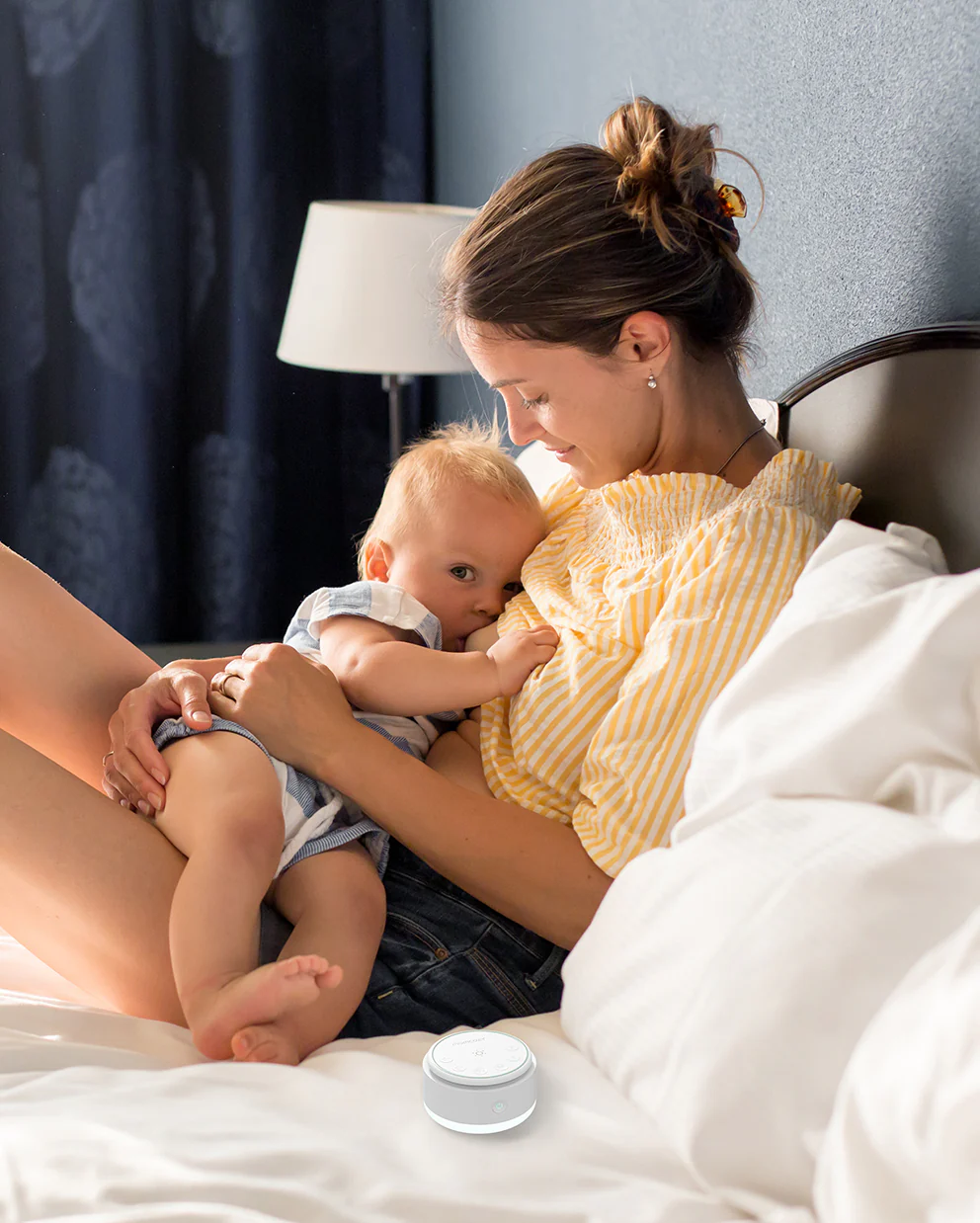
Common Myths (And Calmer Truths)
- “White noise will ‘dependence-trap’ my baby.” Think of it like blackout curtains: an environment tool, not a crutch. You can wean later by reducing volume slowly or switching to softer, more natural sounds.
- “Louder is better.” Not for tiny ears. Consistency beats volume; use the lowest effective level.
- “All sounds are equal.” Sharp, looping lullabies can stimulate; steady broadband sounds (rain, soft shush) soothe without novelty spikes.
- “If they wake, the sound isn’t working.” Babies connect sleep cycles; occasional wakes are normal. Sound reduces preventable disruptions—it doesn’t erase hunger, teething, or milestones.
Battery Life = Parental Sanity
Nothing derails a nap like your helper dying mid-sleep. The long-life battery in the Momcozy Portable Baby Sound Machine is the difference between “almost enough” and “we made it through errands and the afternoon nap.” Charge it overnight next to your own phone; keep a short cable in the nappy bag as backup. For long road trips, run it on a mid-volume program and set the timer to outlast the drive (plus a transfer window).
Shop Momcozy Portable Baby Sound Machine
Troubleshooting: Quick Fixes for Real-World Hiccups
- Short naps (30–40 minutes): Start sound five minutes earlier; darken the room; extend wake window by 10–15 minutes next cycle.
- Early mornings: Run the machine through the pre-dawn hour; add a feed or brief cuddle in low light, then back down.
- Daycare transition: Send the device plus a note on your preferred sound and volume; consistency across carers smooths settling.
- Sibling noise: Place the Momcozy Portable Baby Sound Machine between rooms angled toward the nursery; it masks playtime spikes without blasting the cot.
- Overtired meltdowns: Don’t escalate volume. Go back to basics: nappy, swaddle/sleep bag, cuddle, quiet phrase, steady sound.
Cleaning, Charging, and Safe Use
Wipe the exterior with a soft, slightly damp cloth; avoid solvents and submersion. Keep vents clear. For charging, use the provided/compatible cable and a safe outlet; avoid dangling cords in reach zones. Always position away from the cot/crib interior, out of the sleep space, with cords secured.
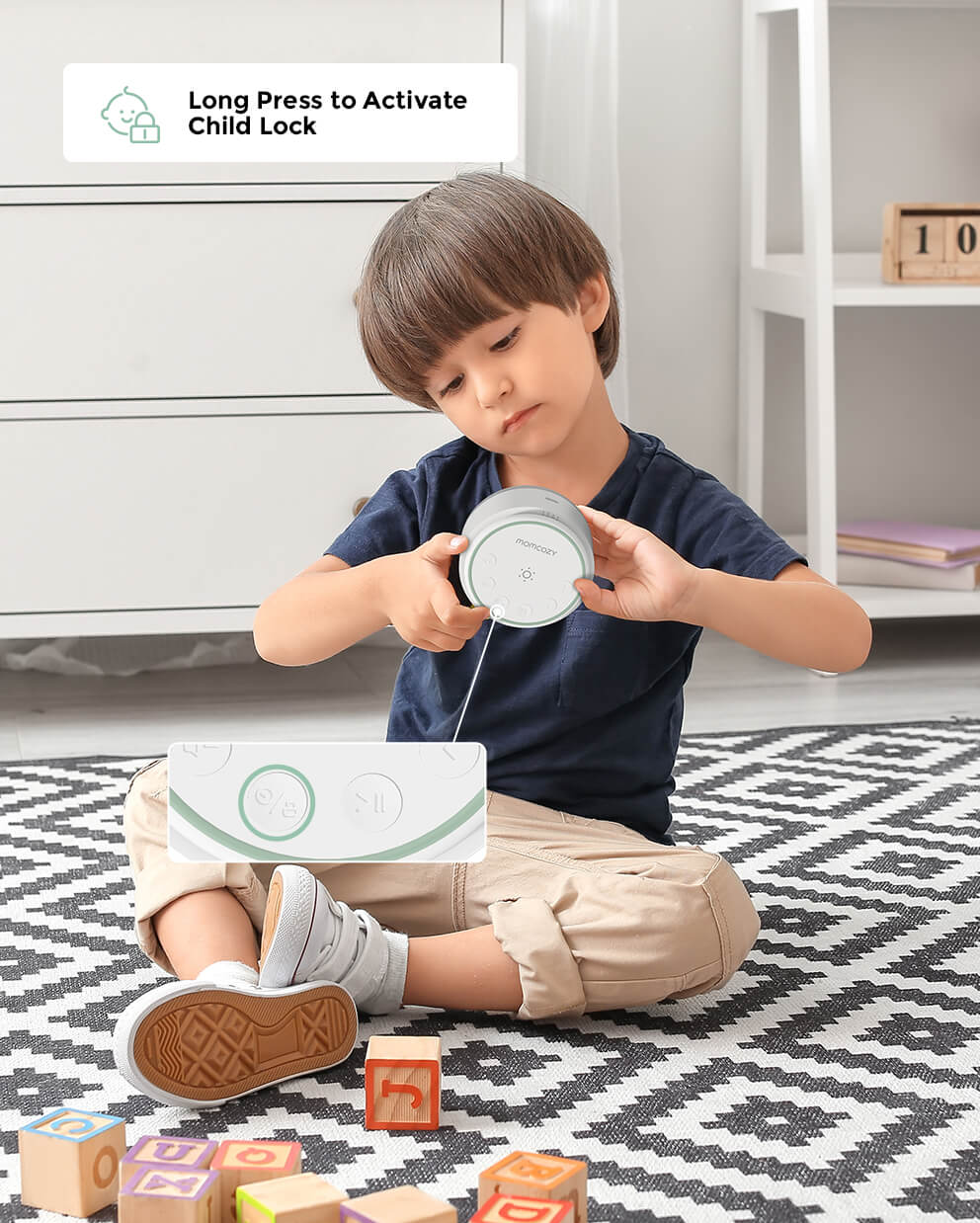
Weaning Later (If You Want To)
Many families happily keep white noise through toddlerhood. If you prefer to phase it out, do it gradually: lower the volume a notch every few nights, then shorten the timer. Alternatively, switch from constant white noise to a softer “rain” or “breeze” profile, then reduce duration. Because the Momcozy Portable Baby Sound Machine lets you fine-tune both sound and volume, weaning can be nearly invisible.
Conclusion
Sleep tools don’t replace parenting instincts—they support them. A portable sound machine gives you a repeatable cue that travels, masks life’s random noises, and helps babies link cycles with fewer startles. Keep your routine simple: safe placement, gentle consistent volume, predictable cues, and flexible wake windows. With the Momcozy Portable Baby Sound Machine, you get the practical bits new parents actually need: portability, intuitive controls, and a battery that lasts through errands, pram walks, and bedtime—so you spend less time troubleshooting, and more time actually resting.
Shop Momcozy Portable Baby Sound Machine
FAQ
- Where should I put a portable sound machine in the nursery?
Place it 1–2 meters from baby, angled away, off the cot/crib rails. You want room-filling sound, not direct sound on ears. - How loud should white noise be for infants?
Think “soft shower from the hallway.” Start low and raise only if environment spikes demand it. If you must raise volume temporarily, bring it back down once the noise passes. - Which sound is best—white noise, rain, or ocean?
Pick a steady, non-melodic sound without sharp changes. Many parents find rain or soft “shhh” profiles ideal because they soothe without surprising transitions. - Can I use white noise all night?
Yes, when used at safe volumes and placed correctly. Many families run continuous sound at night and timer-based sound for naps. - Will white noise delay my baby from learning to sleep without it?
White noise is an environment tool, like blackout curtains. You can wean later by slowly lowering volume and duration; consistency today beats future hypotheticals. - Is a phone app the same as a dedicated device?
Phone speakers can be tinny and keep your phone “hostage.” A dedicated device like the Momcozy Portable Baby Sound Machine offers better placement, safer continuous play, and a battery designed for longer stretches. - How do I keep naps on track during travel?
Recreate your cues: same phrase, sleep bag, and the sound machine. Clip it to the travel cot or pram frame at a safe distance and use the timer to cover realistic nap lengths. - When should I stop using white noise?
There’s no hard rule. Many toddlers still benefit. If you choose to stop, taper gradually over one to two weeks.

